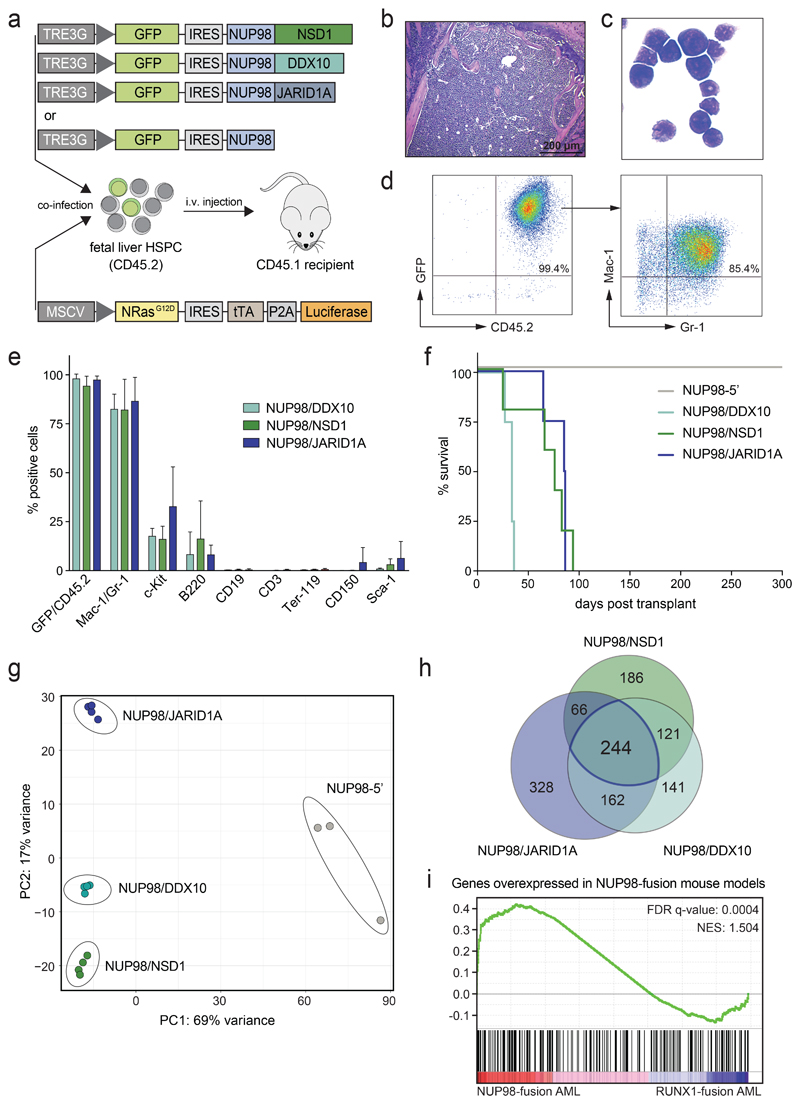Figure 1. Different NUP98-fusion proteins induce a phenotypically similar AML-like disease in mice.
(a) Schematic outline of the experimental strategy for the generation of transplantation models for Dox-repressible expression of NUP98-fusion proteins. (b-d) Representative bone marrow histology (b), bone marrow cytospin (c) and flow cytometric analysis (d) from a moribund mouse transplanted with NUP98/DDX10-transformed murine HSPC. (e) Relative abundance of indicated cell populations in the bone marrow from moribund mice expressing indicated NUP98-fusion proteins (mean ± s.d. n ≥ 4). (f) Kaplan-Meier survival curves of mice transplanted with murine HSPC expressing indicated NUP98-fusion-proteins (n ≥ 4). (g) Principal component analysis (PCA) of the distances between steady-state gene expression data of NUP98-fusion-protein-driven leukemia cells (n ≥ 3). (h) Venn-diagram illustrating the overlap of overexpressed genes of NUP98-fusion-protein-driven leukemia cells vs. cells expressing NUP98-5’ (>3-fold upregulated, p < 0.01, n ≥ 3). (i) Gene Set Enrichment Analysis (GSEA) indicating conservation of the gene signature found in murine NUP98-fusion-protein-driven leukemia with AML patients harboring NUP98 rearrangements.

